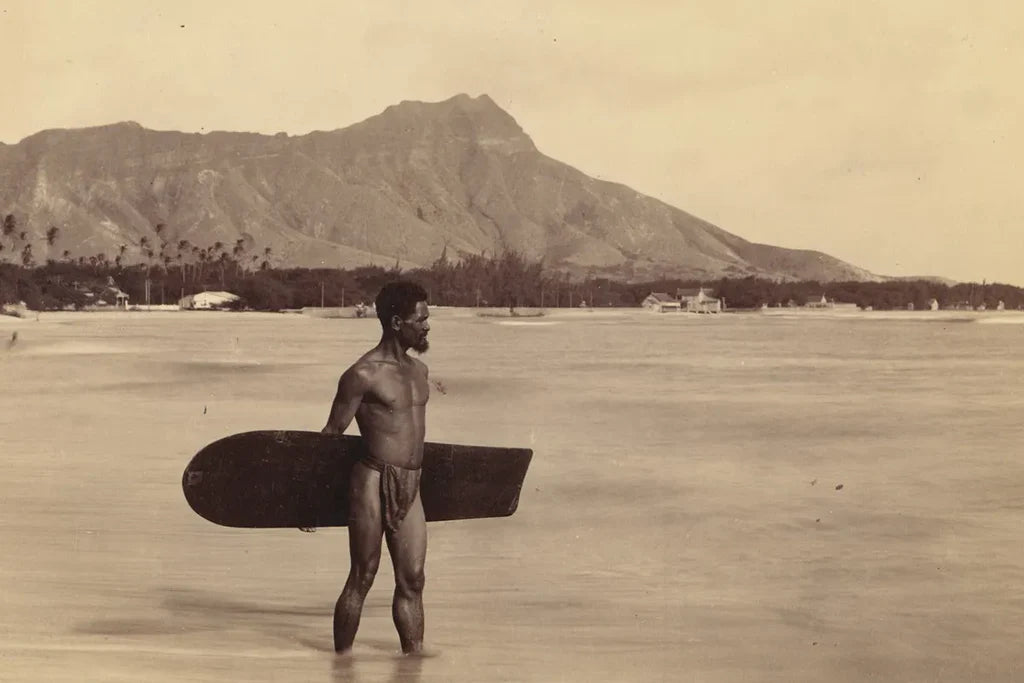The first electric guitar was invented in 1931 by George Beauchamp and Adolph Rickenbacker. The guitar had a horseshoe-shaped magnet pickup that was connected to an amplifier and speaker. The first model, called the "Frying Pan,” was built out of a cast aluminum body and was designed to be loud enough to compete with other loud instruments, such as the brass section in a jazz band. The Frying Pan was a huge success, enabling the electric guitar to quickly become popular in jazz, rock and country music.
The first commercially successful electric guitar was the Fender Telecaster, which was released in 1951. This was Leo Fender’s first mass produced guitar after founding the company in 1946.

In the 1960s, electric guitars became increasingly popular with the rise of rock and roll. Gibson and Fender released iconic models such as the Gibson Les Paul and the Fender Stratocaster. These guitars featured two pickups, which allowed for greater tonal flexibility and the ability to create a wider range of sounds.

In the 1970s, solid-body electric guitars were popularized by musicians such as Jimi Hendrix and Eddie Van Halen. These guitars had a thinner neck and more pickups, making them easier to play and giving them a more powerful sound.

In the 1980s, the electric guitar became even more popular with the rise of the heavy metal and punk rock genres. Companies like Charvel and Jackson released guitars with pointier heads and sharper edges, which were designed to be used in these heavier styles of music.

Innovation continued through the 90’s and early 2000’s, guitars adopted modern technology like bluetooth. They remain a musical staple today.
In 1961, after releasing the iconic Telecaster and Stratocaster, Leo Fender was granted a patent for a new guitar pickup. His patent covered bass guitars and was designed to cancel out signals coming from non-string sources. This was one of almost 50 patents that Leo Fender filed in his lifetime.
Check out the patent





